What do you do, when you move into a shared apartment and find only one socket is available among four electric toothbrushes? Revert to an old-style manual brush? If you’re [luisengineering], not a bit of it. He’s modified an electric toothbrush with the only sensible power plant, a three-horsepower twin cylinder four-stroke gasoline motor. You’ll need to turn on translated subtitles from the original German to watch it, but we hope you’ll agree it’s worth it.
After explaining the problem, the video below the break continues with the assembly of the motor, a model unit available through the usual online suppliers. This alone is interesting, for no doubt many of us have seen these motors for sale and retain some curiosity about them. We expected him to retain the electric drive for the toothbrush and use a generator, but instead, he hooks up the motor via a shaft directly to the input gear. With three horsepower behind the brush, this will surely shift that stubborn plaque! Astoundingly as you can see in the video below the break the contraption works, and both he and a friends perform their dental ablutions with it.
We like the blend of craziness and engineering embodied by this project, and we commend it to you on that basis. If you’re short of electric toothbrush modding ideas, how about an engraving tool?
Continue reading “Put More Power In Your Dental Hygiene Routine!”

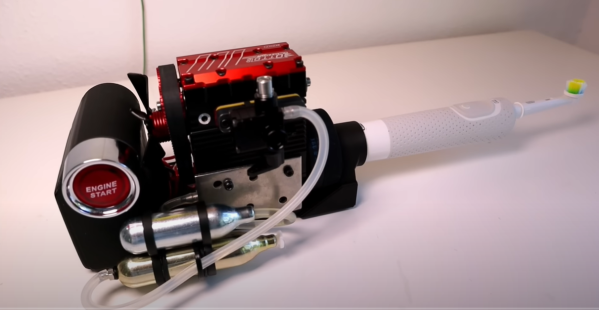
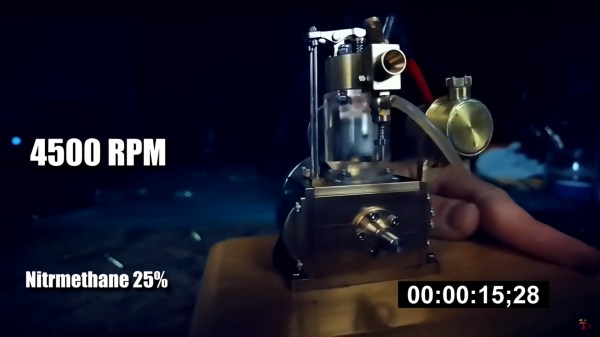
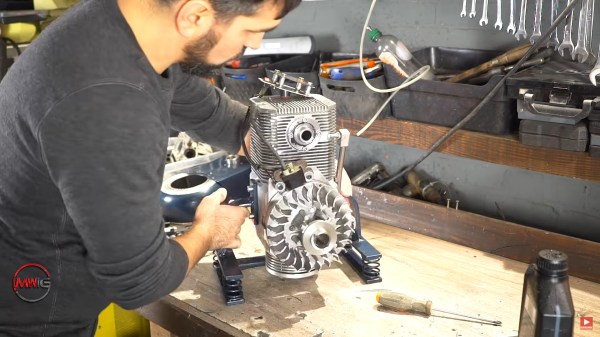
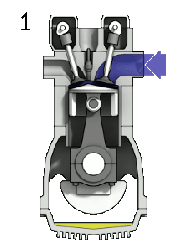


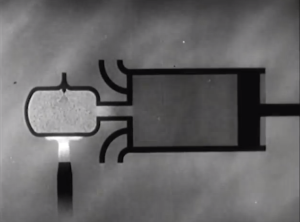 By 1877, [Nikolaus Otto] had completed work on his coal gas engine built on four-stroke theory. This was the first really useful internal combustion engine and the precursor of modern four-stroke engines. It was eventually adapted for transportation with gasoline fuel. In 1890, the hot bulb oil engine was developed under the name Hornsby-Akroyd and primarily used in stationary power plants. Their flywheels had to be started manually, but once the engine was going, the bulb that drove combustion required no further heating.
By 1877, [Nikolaus Otto] had completed work on his coal gas engine built on four-stroke theory. This was the first really useful internal combustion engine and the precursor of modern four-stroke engines. It was eventually adapted for transportation with gasoline fuel. In 1890, the hot bulb oil engine was developed under the name Hornsby-Akroyd and primarily used in stationary power plants. Their flywheels had to be started manually, but once the engine was going, the bulb that drove combustion required no further heating.









